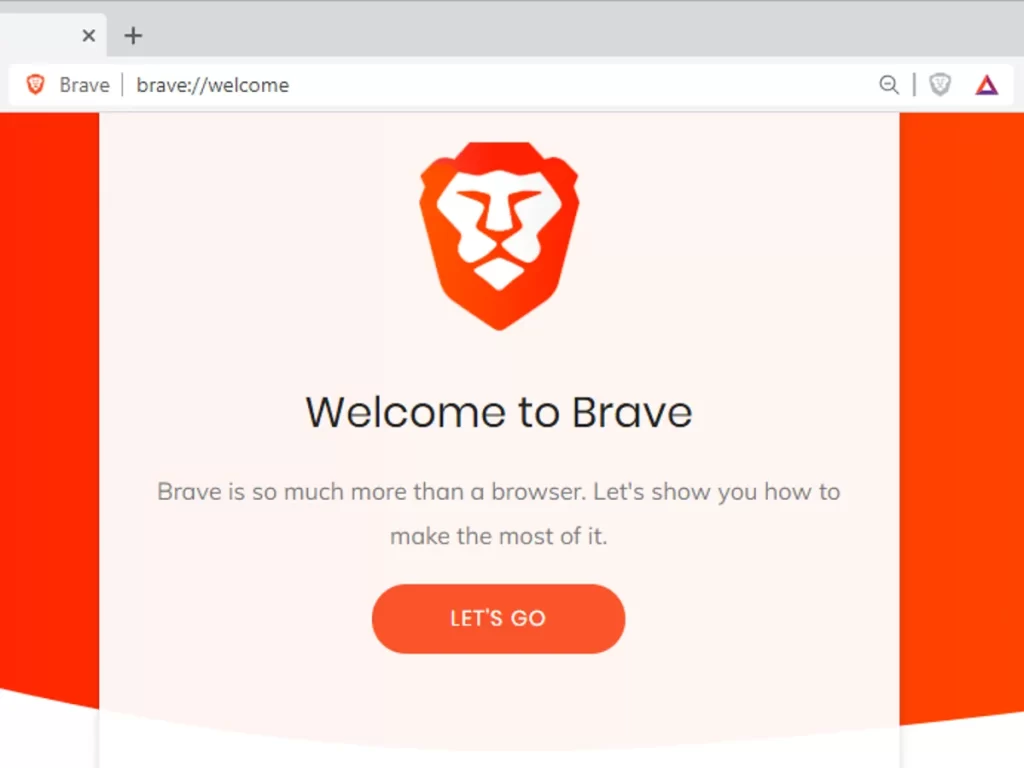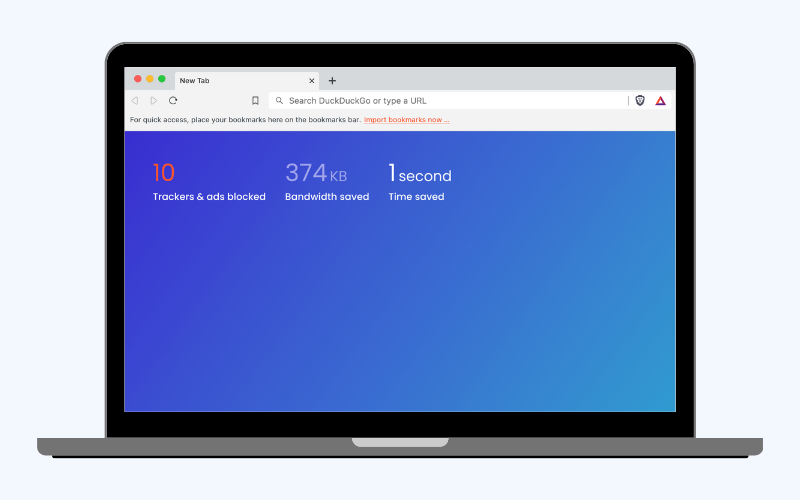Introduction
Ad-free surfing Is the digital landscape has transformed the way we consume information, connect with others, and engage with online content. However, alongside these advancements, the prevalence of online advertising has become increasingly pervasive.
As users navigate websites and browse through articles, they are bombarded with an overwhelming number of intrusive ads that disrupt their online experience. This is where the concept of ad-free surfing comes into play – a method to reclaim control over one’s browsing experience by eliminating unwanted advertisements.
By seamlessly removing ads from web pages, ad-free surfing strives to create a more enjoyable and uninterrupted online environment for users around the globe. In this article, we will delve deeper into the definition of ad-free surfing and explore its significance in today’s digital age.
Definition of Ad-Free Surfing
Ad-free surfing refers to an internet browsing experience that is devoid of any form of disruptive advertisements. It involves employing various techniques and tools to block or remove advertisements displayed on web pages, ensuring a clutter-free interface for users. Ad-blocking mechanisms may target traditional display ads such as banners or pop-ups as well as more sophisticated forms like sponsored content or video interstitials.
Importance of Ad-Free Browsing Experience
The importance of an ad-free browsing experience cannot be overstated in today’s digital ecosystem. With the growing prevalence of advertising across virtually every website or app we encounter, users are often inundated with ads that interrupt their flow, slow down page loading times, and compromise their privacy.
By embracing ad-free surfing practices, individuals can regain control over their online experiences by eliminating distractions caused by unsolicited advertisements. Moreover, an ad-free browsing experience contributes significantly to enhanced privacy and security measures.
Many ads employ tracking technologies that monitor user behavior and collect personal data for targeted marketing purposes. By blocking these ads, users can protect their privacy and reduce the risk of being targeted by intrusive advertisers.
Additionally, ad-blockers often serve as a defense against malicious ads that may contain harmful software or lead to phishing attempts, thus ensuring a safer online environment. Furthermore, ad-free surfing allows users to focus on the content they seek without unnecessary interruptions.

In an era where attention spans are constantly bombarded with stimuli, avoiding disruptive ads helps individuals maintain concentration and engage more fully with the information they desire. By minimizing distractions and enhancing browsing speed, ad-free surfing facilitates increased productivity and a more immersive online experience.
The Evolution of Online Advertising
Early forms of online advertising (banners, pop-ups)
In the early days of the internet, online advertising primarily consisted of simple banner ads and annoying pop-ups. These banner ads, displayed prominently on websites, aimed to catch users’ attention with flashy graphics or catchy slogans.
Pop-ups, on the other hand, were intrusive windows that would suddenly appear over a webpage, often blocking the desired content and frustrating users. While these early forms of online advertising were relatively basic compared to today’s standards, they laid the foundation for what was to come.
Rise of targeted advertising and data collection
As technology advanced and internet usage became more widespread, advertisers recognized the potential to target their messages more effectively. This led to a significant shift towards targeted advertising – delivering ads based on users’ interests or demographics.
To achieve this level of personalization, advertisers began collecting vast amounts of user data through tracking cookies and other means. Websites started utilizing sophisticated algorithms to analyze user behavior, allowing them to display highly relevant ads tailored specifically to individual users.
Impact on user experience and privacy concerns
While targeted advertising promised more personalized experiences for users and increased revenue opportunities for publishers, it also introduced several concerns regarding user experience and privacy. Users began experiencing an inundation of ads invading their browsing sessions at an unprecedented scale.
The once seamless user experience became cluttered with intrusive banners that disrupted reading or viewing content online. Moreover, the collection and utilization of vast amounts of personal data by advertisers raised legitimate privacy concerns among internet users who valued their digital autonomy.
The evolution of online advertising has been marked by both advancements in targeting capabilities as well as growing concerns about user experience and privacy. Understanding this historical progression is crucial in appreciating the value proposition offered by ad-free surfing solutions available today.
Benefits of Ad-Free Surfing
Enhanced Browsing Speed and Performance
As we delve into the realm of ad-free surfing, one of the most noticeable advantages is the significant enhancement in browsing speed and performance. Traditional online advertising, with its flashy banners and resource-intensive pop-ups, can consume a considerable portion of a website’s bandwidth. This consumption results in slower page loading times, frustrating users who are accustomed to streamlined web experiences.
However, with the implementation of ad-blockers, such as browser extensions or standalone apps, web content is optimized for faster navigation. By selectively blocking ads, these tools reduce unnecessary data transfer and enable websites to load swiftly and efficiently.
Improved Privacy and Security
In today’s digital landscape where personal data has become an increasingly valuable commodity, ensuring privacy while browsing the internet has become a paramount concern for many users. Unfortunately, traditional online advertising often tracks user behavior across different websites to deliver targeted ads.
This tracking raises concerns about data collection practices and compromises individual privacy. Ad-blockers act as protective shields by preventing these tracking mechanisms from functioning effectively.
By blocking ads that harbor tracking codes or cookies, they help safeguard user information from being harvested by advertisers or utilized for potentially intrusive purposes. Moreover, another security aspect arises from malicious ads that may infiltrate legitimate websites.
These deceptive ads can contain hidden malware or lead unsuspecting users to phishing sites that attempt to steal sensitive information. Ad-blockers play a crucial role in shielding users from such risks by effectively neutralizing these potentially harmful advertisements before they even reach the user’s screen.
Reduced Distractions for Better Focus
In an era dominated by information overload and continuous digital stimuli, maintaining focus while consuming online content has become an arduous task. Intrusive advertisements can disrupt reading or watching experiences by diverting attention away from desired information. The sudden appearance of pop-ups or auto-playing videos can be not only irritating but also detrimental to productivity and engagement.
Ad-free surfing provides a sanctuary, allowing users to concentrate on the content they seek without constant distractions. By eliminating intrusive ads, users can immerse themselves fully in articles, videos, or any other form of online media without unnecessary interruptions, fostering a more enjoyable and focused browsing experience.
Ad-free surfing empowers individuals to reclaim control over their digital interactions, enabling them to navigate the online realm with enhanced speed and performance while safeguarding their privacy and concentration. With these benefits in mind, it becomes evident why ad-blocking has gained popularity as an essential tool for modern internet users seeking a more seamless and fulfilling browsing experience.
Methods for Achieving Ad-Free Surfing
Ad-blockers: How They Work and Their Effectiveness
Ad-blockers are powerful tools that allow users to filter out unwanted advertisements while browsing the internet. These software applications work by detecting and blocking the scripts, images, or iframes associated with advertisements on web pages. Ad-blockers can be installed as browser extensions or standalone apps, offering users flexibility in choosing their preferred method of ad-blocking.
Once installed, these tools rely on various techniques to effectively block ads from appearing on webpages. One popular technique is the use of filter lists, which contain a set of rules that instruct ad-blockers to identify and block specific ad-related elements.
Another effective method used by ad-blockers is element hiding rules, which allow users to manually hide certain sections of a webpage that may contain ads. While no ad-blocker is perfect and some ads may still slip through the cracks, they significantly enhance users’ overall browsing experience by reducing or eliminating intrusive advertisements.
Subscription-Based Services
In addition to traditional ad-blocking methods, some premium browsers offer an alternative solution by providing an ad-free experience through subscription-based models. These browsers prioritize user privacy and satisfaction by eliminating all forms of advertising within their platforms. Users who opt for such browsers gain access to an environment devoid of ads, enhancing their browsing experience without the need for additional third-party extensions or apps.
Furthermore, websites or platforms themselves may adopt subscription models where users can pay a fee in exchange for an uninterrupted and advertisement-free browsing experience across the entire platform. This model not only supports content creators but also ensures that users can enjoy high-quality content without being bombarded with intrusive ads.
Manual Customization
For those who prefer a more hands-on approach to achieve ad-free surfing, manual customization options are available through browser settings and custom CSS or script modifications. Most modern web browsers offer settings that allow users to disable ads by default, providing a streamlined browsing experience without the need for additional software. These settings can often be found within the browser’s preferences or advanced options, giving users control over what content is displayed during their online sessions.
Moreover, tech-savvy individuals can take customization a step further by employing custom CSS or script modifications. By applying alterations directly to the webpage’s code, users can remove specific elements or inject their own rules to block advertisements from appearing, creating a highly personalized ad-free environment tailored to their preferences.
By utilizing ad-blockers, subscription-based services, or manual customization options, users can effectively achieve an ad-free browsing experience catered to their needs and preferences. Whether it’s through automated filtering techniques employed by ad-blockers, premium browsers offering subscription-based services, or manual adjustments made within browser settings and code modifications – these methods empower users with greater control over their online experiences while minimizing distractions and optimizing privacy.
The Impact on Content Creators and Publishers
Challenges faced by publishers due to ad-blocking
The advent of ad-blocking technology has presented a significant challenge for content creators and publishers alike. As users increasingly adopt ad-blockers, the revenue generated from traditional advertising models dwindles.
Publishers heavily rely on advertisements to fund their operations and create valuable content for their audience. With ad-blocking software blocking or filtering out ads, publishers face the dilemma of finding alternative ways to sustain their businesses.
Decreased revenue from reduced ad impressions
One of the most noticeable impacts of ad-blocking is the decrease in revenue resulting from reduced ad impressions. Ad impressions directly translate into income for publishers through pay-per-click or pay-per-impression models.
The higher the number of blocked ads, the fewer opportunities there are for advertisers to reach their target audience and generate revenue for content creators. This decline in income can be especially detrimental to smaller publishers with limited resources.
Importance of alternative monetization strategies
To mitigate the effects of ad-blocking, content creators and publishers must explore alternative monetization strategies that align with user preferences while sustaining their businesses. Some potential approaches include native advertising, sponsored content, subscriptions, memberships, or even crowdfunding initiatives. By diversifying revenue streams, publishers can increase financial stability while maintaining a positive user experience.
Balancing user experience with sustainable monetization
When considering alternative monetization strategies. It is crucial for publishers to strike a delicate balance between providing. A seamless user experience and generating sustainable revenue. While it’s understandable that advertisements can be intrusive and disrupt user interaction on websites or platforms. It is vital to ensure that alternative methods do not compromise overall accessibility or quality of content delivery. Emphasizing transparency in communication with users about how monetization efforts support valuable content creation can also foster a stronger connection between publishers and their audience.
Conclusion
In the face of ad-blocking challenges. Content creators and publishers have had to adapt and find innovative ways to sustain their businesses. While reduced ad impressions may initially seem discouraging, it has prompted a necessary shift towards alternative monetization strategies.
This shift not only encourages the development of more engaging and user-friendly websites but also fosters. A renewed focus on creating mutually beneficial relationships between publishers and their audience. By embracing these changes, there is an opportunity for a future where online content can thrive without compromising user experience.





